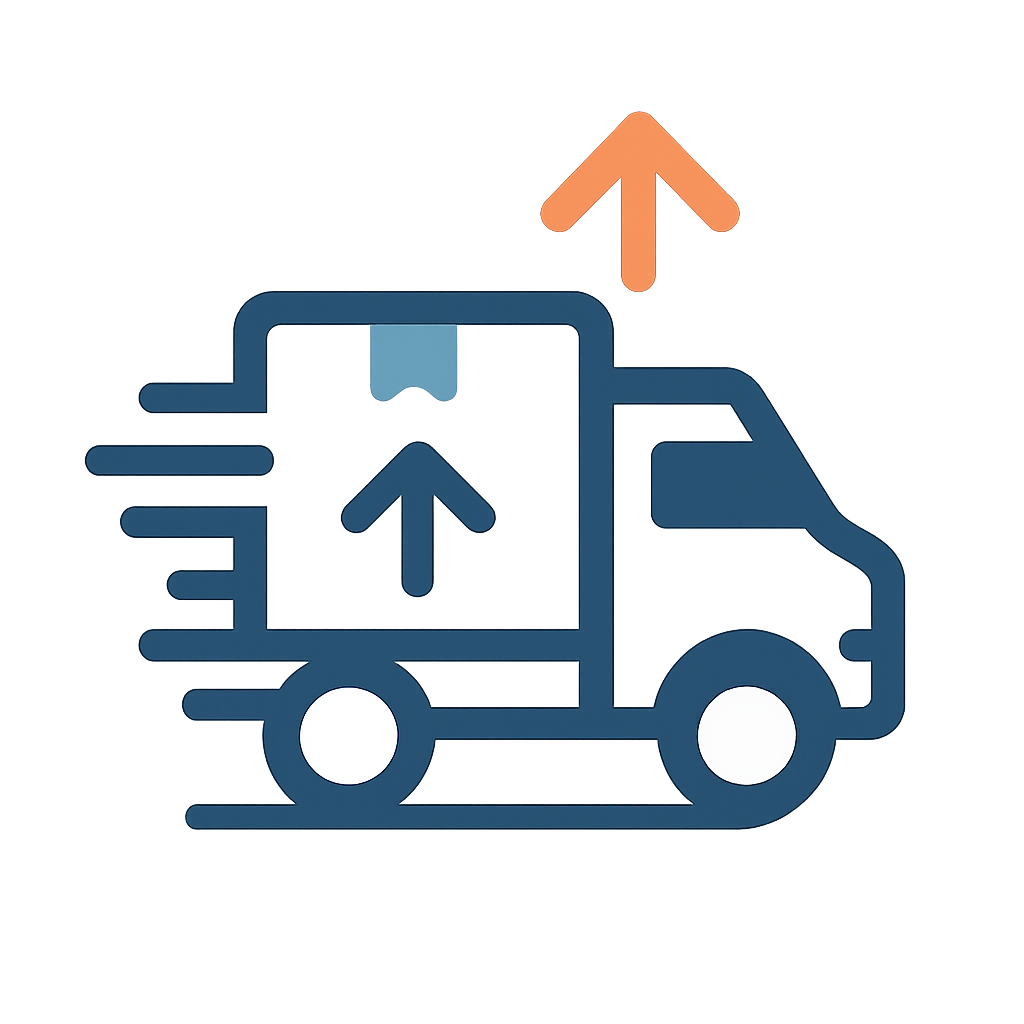Fixed Camera or PTZ? How to Choose for Live Events and Hybrid Productions

Ever been on site five minutes before go-live, only to realize your camera operator can’t get the angle the client wants—and you’re out of time, space, and budget? That’s the moment the fixed-vs-PTZ decision really shows up.
In today’s event production world—especially with hybrid formats—camera choice is more than just a budget line. It affects coverage, crew size, signal routing, flexibility, and ultimately, how polished your show looks. Whether you're building out a conference room, outfitting a live venue, or designing a flypack, understanding the tradeoffs between fixed and PTZ (pan-tilt-zoom) cameras is crucial.
So, What’s the Real Difference?
Let’s break it down quickly:
- Fixed Cameras are traditional cameras on sticks—tripods, dollies, jibs, or even mounted. They rely on an operator (or are set-and-forget) and capture a specific frame.
- PTZ Cameras are robotic cameras that can be remotely panned, tilted, and zoomed. They’re often smaller, discreet, and controlled via joystick or software.
Neither is “better.” Each excels in different situations. The key is knowing which tool matches the production goals.
When Fixed Cameras Make the Most Sense
Fixed cameras are still the gold standard when:
- You need cinematic quality – Broadcast lenses, shallow depth of field, and full-frame sensors still live in the world of traditional cameras.
- You have camera ops on site – If you’re building a team with operators on comms, fixed cameras give you complete manual control.
- You want complex movement – Dolly, handheld, gimbal, jib, and Steadicam work all fall into this category.
At Eagle Production Company, we often use fixed cameras for keynote addresses, performances, or high-end studio-style content where creative control is paramount. Operators can adjust on the fly with far more nuance than any remote system can match.
Where PTZ Cameras Shine
PTZs are a game-changer in the right hands. Consider them when:
- Space is limited – Mounted to walls, ceilings, or poles, PTZs stay out of the way but still deliver great angles.
- You’re short on crew – One operator can run 4–6 PTZs from a single controller or laptop.
- You need discreet, continuous coverage – Houses of worship, lecture halls, and boardrooms often benefit from silent repositioning without distracting the audience.
We’ve deployed PTZs for hybrid town halls, multi-room conferences, and permanent installations where cost and space made full rigs impractical. With network control and PoE (power over Ethernet), integration is also easier than ever.
How to Choose: Key Questions to Ask
"What kind of coverage do I need, and what kind of crew will I have?"
Use this checklist when choosing:
- Audience expectations: Is this a polished broadcast or a functional meeting?
- Camera positions: Do I have physical space for tripods and operators?
- Mobility: Will cameras need to move between locations?
- Crew and experience level: Am I solo-operating, or working with a full team?
- Budget vs. outcome: Will I get more value from fewer high-quality fixed cameras or multiple angles via PTZ?
Hybrid Production? Consider a Mix.
One of the most effective setups we use at Eagle AV Rental is a hybrid approach—combining fixed cams for primary shots with PTZs covering cutaways, audience reaction, or overflow rooms. This lets us cover more ground without overloading the crew or the rack case.
Example: At a recent corporate summit, we placed two PTZs in the back of house for wide and mid shots, one fixed cam at stage left for presenter closeups, and used a joystick controller to punch all three into the switcher. Clean, flexible, and low-profile.
Watch for These Common Mistakes
- Over-relying on PTZs without presets: Take time to program angles in advance. PTZs are slow if you're adjusting everything manually in the moment.
- Using fixed cams but forgetting camera ops: A locked-off cam can look flat if no one’s there to reframe. Make sure someone’s watching the shot.
- Not matching color or resolution: Mixing brands/models? Calibrate your cameras or your switcher feed will look like a patchwork quilt.
Final Thoughts
There’s no one-size-fits-all in video production. Both PTZ and fixed cameras have earned their place in modern event workflows—and often, the most effective solution is a thoughtful combination of the two.
If you're planning a show and wondering how to get the best coverage for your space, don’t guess—just ask.
At Eagle AV Rental, we’ve helped clients design video systems for everything from pop-up webinars to fully broadcasted music festivals. Whether you’re renting gear, building a kit, or staffing a crew, we’re happy to share what works—and what’s worth skipping.
Have a question about your setup?
Let’s talk. Your show deserves the right shot—and we’re here to help you get it.



